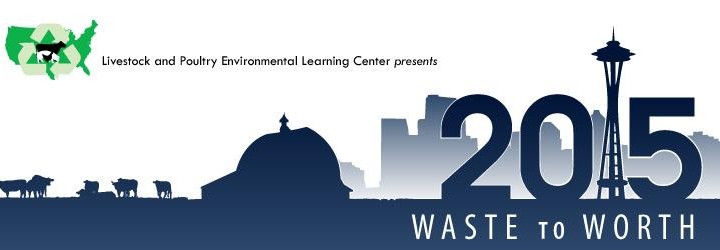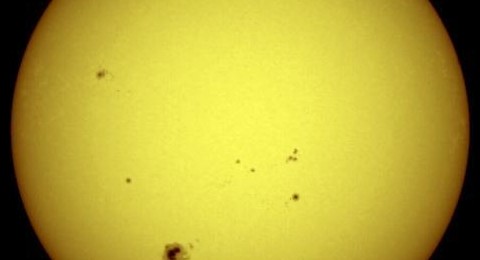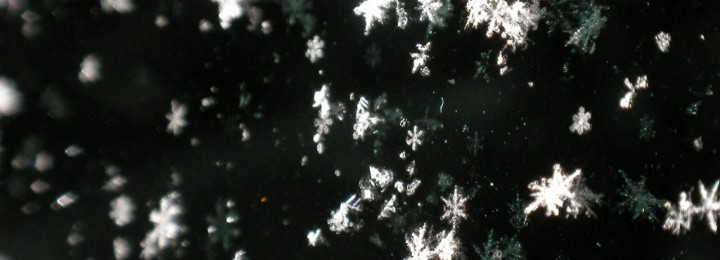Climate and Ag in the news
-

As the window on the wet season in California starts to close, there are signs that the drought affecting the area is likely to continue and perhaps even to grow over the coming year. The Western Governors’ Association released a report this week stating that snowpacks in the mountainous areas are far below normal after…
-

The 2015 Waste to Worth conference scheduled for Seattle on March 30-April 3 still has some spaces available for participants. The Animal Agriculture and Climate Change group which helps supports this blog is helping to organize some of the sessions in this conference. If you are wondering whether you should attend, here is a description of the…
-

The Climate Council has a nice new video which explains the difference between weather and climate in just three minutes. You can view it at their web site here. AgroClimate also has some resources on this topic at https://agroclimate.org/fact-sheets-climate.php. Or contact me for some PowerPoint slides on this topic. What’s your favorite way to explain…
-

Since the sun is the source of all incoming energy for the Earth, it will not be surprising to know that variations in sunlight drive changes in climate on both short and long time scales. Of course the most obvious change is the cycle of seasons, which is driven by changes in the tilt of…
-

As I was driving in to work this morning, I noticed a few snowflakes drifting through the air. Some of you in Atlanta and north Georgia may have seen a few more. When I got to work, I found this video on falling snow taken from a high-speed camera in my inbox from EarthSky. The…
-

This morning NOAA sent out a press release indicating that the long-anticipated El Nino has finally officially arrived. We’ve been flirting with El Nino-like conditions for several months since the first El Nino watch was issued last spring, but until now the conditions haven’t quite come together. Here is a link to the official story.…
-

Two stories in the news this week highlighted farmers who are successfully growing crops in tough climate conditions. An National Public Radio story last week showcased an Alaska farmer who is farming in the tundra near the town of Bethel. According to the story, last year he produced 50,000 pounds of potatoes, beets, carrots and…